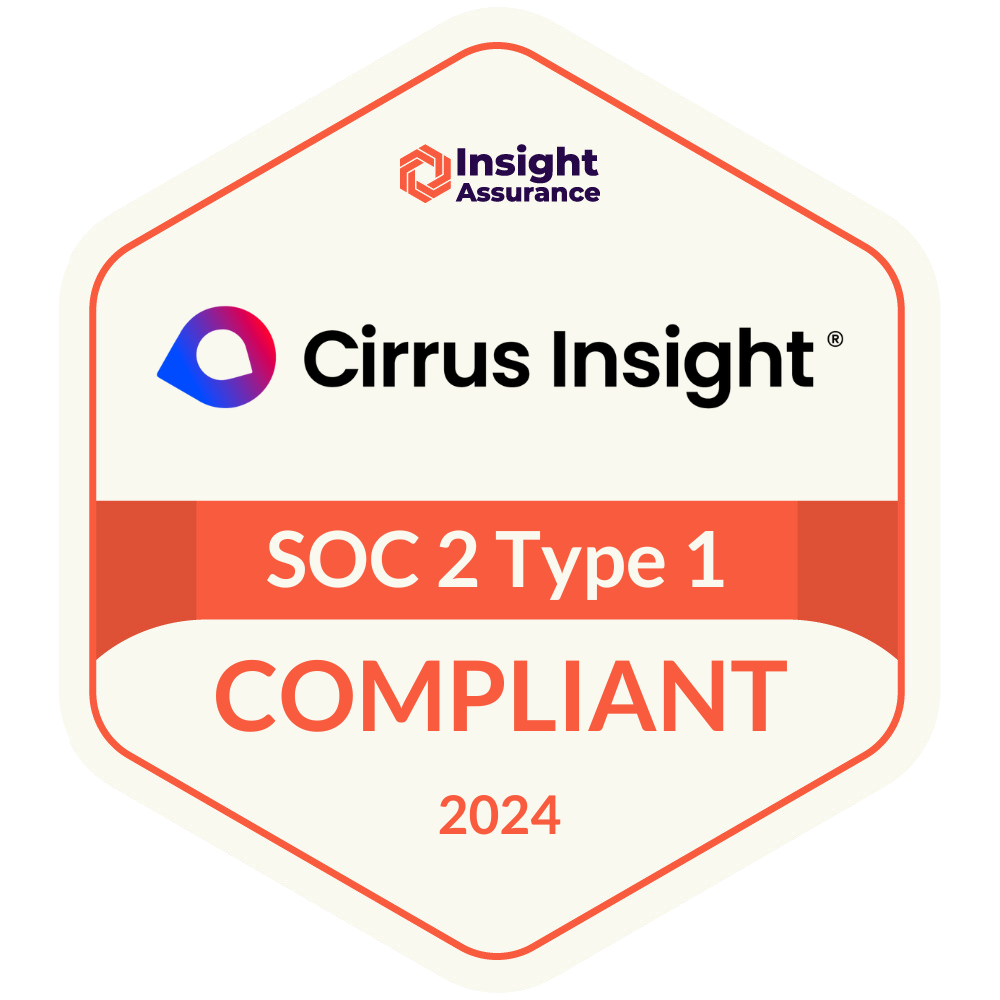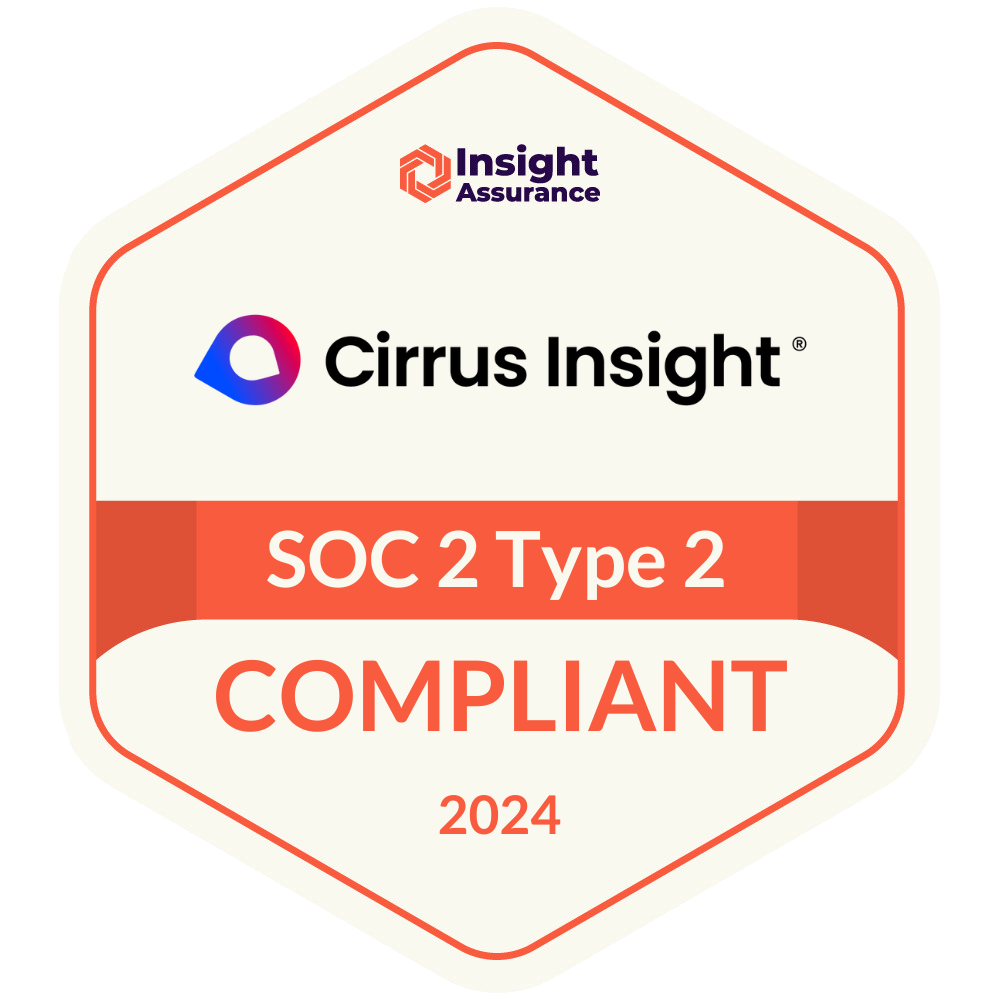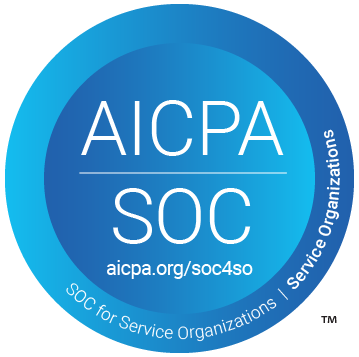- Solutions
-
Products
-
Resources
Sales Automation Tools | Cirrus Insight by Kristi Campbell View all Blog Posts >Get the App, Get the Sidebar, & Get Your Trial Going HereUnleash limitless growth opportunities by partnering with Cirrus Insight.
- Pricing
Filter By:
- All topics
- Sales Productivity
- Sales Intelligence
- Salesforce
- Sales Strategy
- Sales Prospecting
- Book More Meetings
- Best of
- Company News
- Product
- Sales Leadership
- CRM Admininstration
- Sales Metrics
- Team Scheduling
- Supercharge Sales Activity
- Admin
- serious insights
- Prospect Smarter
- Sales Activity Data
- Sales Forecasting
- Scheduling Solutions
- Prospect Faster
- Auto-Sync Everything To Your CRM
- Chrome
- Financial Services
- For Admins
- Getting Started
- IT & Security
- outlook
Subscribe to our Blog for the Latest Insights
Join our blog community to stay informed and receive fresh content and actionable tips directly in your inbox.
How to NOT Be an Email Spammer
It’s easy to associate automation with the idea that technology is suddenly doing everything for you. Simply press a button, kick up your feet, and watch your job get done.
This is often the case in email marketing where it’s easy to set it, forget it, and find out the hard way that your efforts have gone wrong. It’s all fun and games until someone gets blacklisted.
Features that enable automated drip campaigning for salespeople — like Cirrus Insight’s Flight Plans — exist to simplify and improve prospecting. They streamline your ability to nurture quality relationships with leads and customers, while also increasing the number of conversations you’re able to manage in the process.
However, the outcomes described above still require strategy on behalf of you as the salesperson. You need to be putting best practices into play and continuously evolving your technique over time. Doing so is what will help you to avoid becoming just another email spammer.
How Gmail Determines Whether An Email is Spam
Gmail (and other email providers like it) use algorithms for separating out “junk” from the rest of the inbox crowd. The exact calculations aren’t publicized (much like the specific ranking factors that make up its search algorithm) but we can make educated guesses regarding the behaviors that trigger a “spam” designation in the inbox.
Based on analyzed patterns, these factors tend to involve a combination of the following:
- Spam-esque content (e.g., trigger words, phrases, and formatting) found in the email.
- Low-quality links.
- The IP address used has already been associated with junk email.
- Email engagement is low.
Engagement-based filtering is probably the biggest indicator of whether your sales email will end up front and center or buried in the Spam folder. It’s Google’s aim, after all, to provide their users with the best possible experience — which might exclude your email sends if they tend not be opened by your recipients.
Basic Guidelines For Keeping Your Emails Out of the Spam Folder
It’s no surprise that having the right tools at your disposal can make your work in sales ten times easier. Setting automated parameters around when to send follow up emails and secure additional touchpoints can make all the difference in making a lead a customer.
But in order to actually get in front of prospects with your emails, you need to remain conscious of the following tactics. Keep these guidelines in mind for keeping your emails out of the Spam folder.
Don’t Bombard Your Contacts with Unnecessary Emails
A surefire way to annoy any contact — prospect, lead, customer, or otherwise — is to email them one too many times. Especially if they fail to respond positively (if at all).
Your email is not the only one coming through to a recipient’s inbox. In fact, the average office worker receives 121 emails per day. With all of this content to sift through, it’s only going to take a matter of seconds for someone to determine whether yours is worth opening or not.
This is why you need to be strategic in determining what actions justify a send — and when it’s better to hold off. There isn’t necessarily a set rule around how many emails is too much but ask yourself, “Am I providing the recipient with something of value?”. Your email’s purpose should be easy to define and necessary in moving prospects further down the pipeline.
Avoid Cookie Cutter Bulk Sends
There’s personalization and then there’s bad personalization when it comes to sending emails. You can’t simply set a campaign up to fill in the blank with your recipient’s first name and call it a day.
Mass emails, poorly personalized or otherwise, don’t work very well. Plain and simple. But if you make it easier to send one-to-one emails using templates, merge tags, and other relevant elements for personalization, you’ll find it much easier to start up meaningful conversations.
It’s these conversations that will go a long way with potential customers. They show your level of investment and set the foundation for closed deals to evolve into long-term contracts.
Make Sure the Recipient Wants Emails From You
You can find just about anyone’s email address if you want to. Whether they want to hear from you is a whole other issue.
Again, make sure that whether you’re reaching out to someone for the first or fifth time, you’re doing so with intention. And more importantly, if a recipient makes it very clear that they do not want to engage with you, know when to call it quits.
You want to dedicate the time you’re saving with automation to connect with prospects that align best with what you have to sell. Simply building a prospect email list based on quantity alone does nothing for your bottom line.
Furthermore, when it comes to mass emailing subscribers, you must be compliant with the CAN-SPAM Act or face legal consequences. Put simply, in these situations, a person must opt-in to receive your communications — you can’t just add them to your mailing list.
Get Rid of Spammy Email Subject Lines
Throwing spammy words in all caps into your email subject lines may help in improving open rates but they can also be prime targets for spam filters. Words like “FREE,” “earn,” “cheap,” “open,”—they’re overused to the point of being practically meaningless.
You want your subject line to catch the recipient’s attention, but you also want it to be aligned with the body content of your email. Be genuine with your approach to the subject rather than simply focusing on an open.
Track Your Email and Attachment Tracking Metrics
Quality email content leads to quality responses. And the more recipients who want to engage with what you’re sending, the less at risk you are of becoming an email spammer.
So how do you determine whether your emails are engaging? Metrics.
With Attachment Tracking, keep tabs on who is opening the documents you send, the pages they read, and the total time they spend doing so. Also, pay attention to open and click-through rates.
It’s this kind of data that will allow you to define trends and identify weaknesses. Over time, your tactics around cadence and content will evolve and improve, as will your number of closed deals.
Final Thoughts: How Not to Be An Email Spammer
Email automation is not a replacement but a supplement. If you let it run its course without learning, monitoring, and tweaking efforts along the way, consider your emails as good as Junk.
Avoid the route of becoming an email spammer with drip campaign tools built for real connections. Get hands-on with the functionality of our Flight Plans when you take advantage of our 14-day trial.





